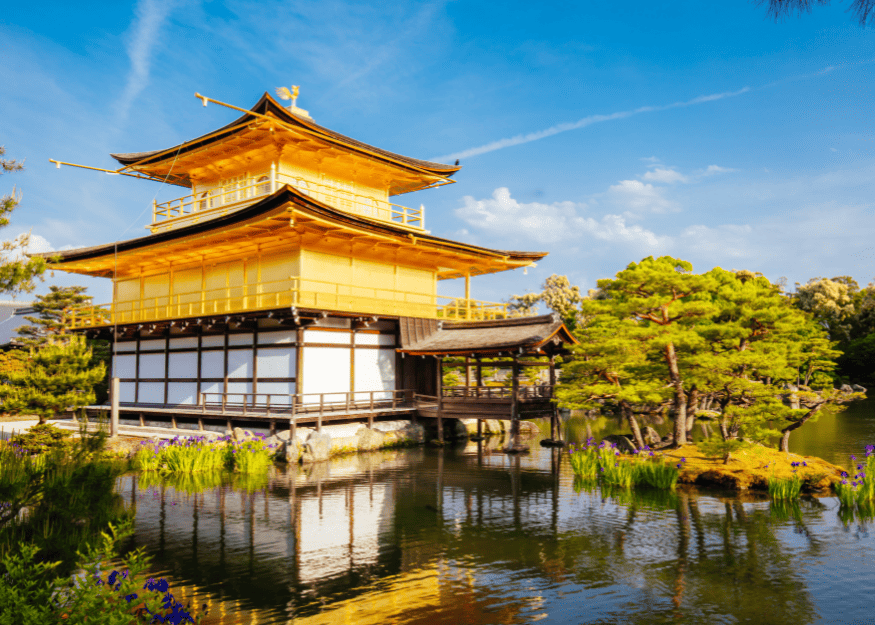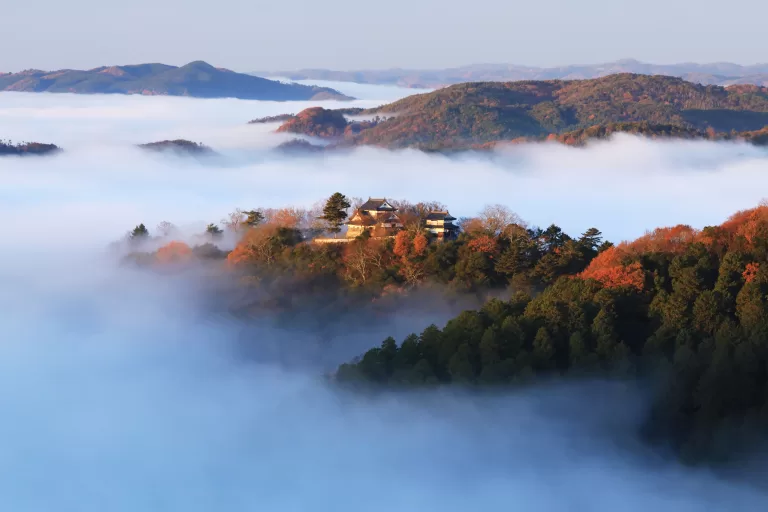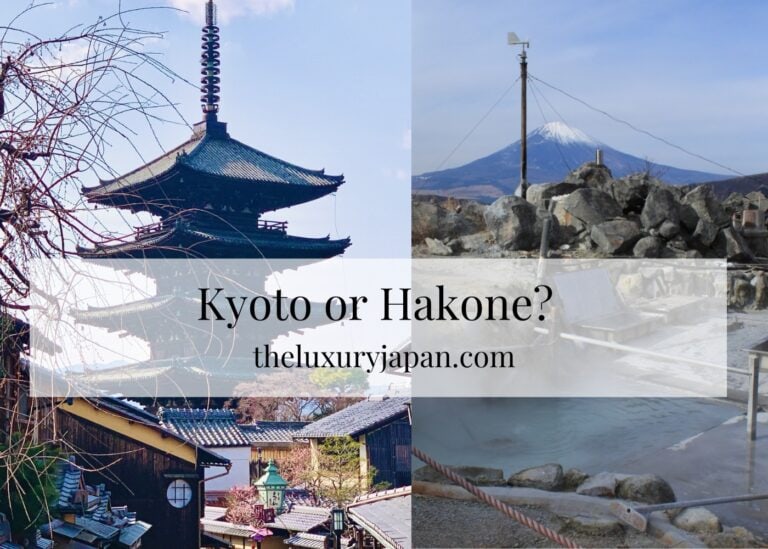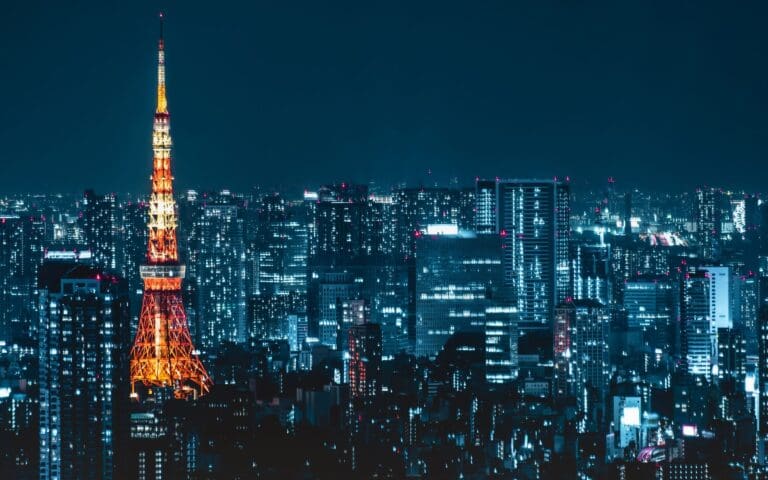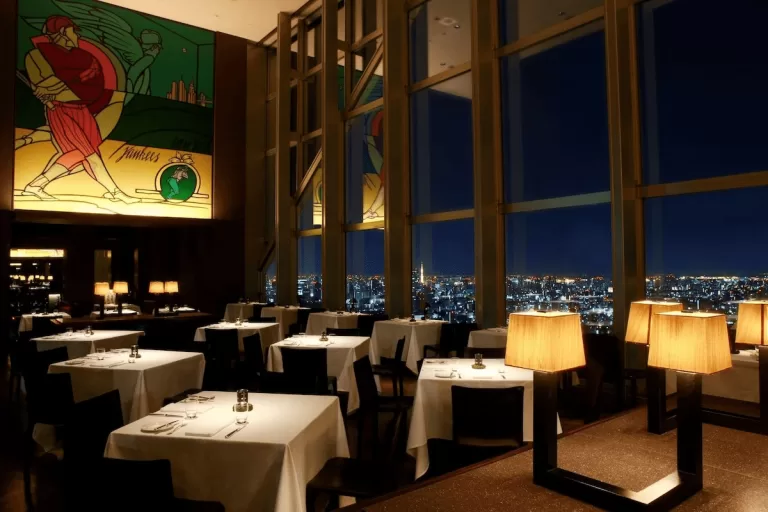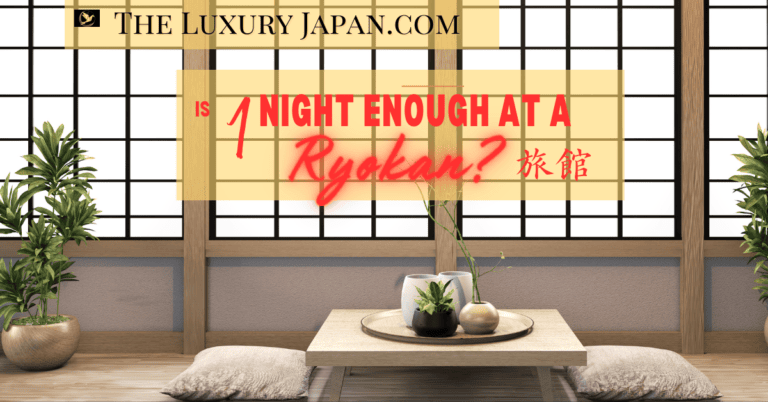Top 5 Most Expensive Areas in Kyoto
Japan, a nation synonymous with affluence and a high-quality lifestyle, has long been a magnet for wealth and opulence. Kyoto, with its rich history, is not just a cultural hub but also a dwelling place for the rich. In this article, we’ll guide you through the streets of the most expensive areas in Kyoto, unveiling the luxurious lifestyles and rich homes that are hidden amidst its ancient shrines and tranquil gardens.
The information below are based on the data published by Japan’s Ministry of Land, Infrastructure, and Tourism (in Japanese).
For further reading:
• Wealthiest neighborhoods in Tokyo
• Luxury Ryokans in Kyoto
Luxury Living in Kyoto: Spotlight on the Most Expensive Areas
1. Kamigyo Ward
Kamigyo Ward stands out as the most expensive and luxurious area in Kyoto, with property prices soaring as high as 66 million yen per square meter, reflecting a high demand for its luxurious and strategically located properties.
From the majestic Kyoto Imperial Palace to the serene Shinsenen Garden, Kamigyo Ward offers a plethora of tourist attractions, historical sites, and modern facilities that cater to both its residents and visitors from around the globe. It also hosts the Kyoto Prefectural Office and the Kyoto Gyoen National Garden.
2. Nakagyo Ward
The ward is home to the famous Nishiki Market, where one can explore the flavors of Kyoto, and the historic Nijo Castle, a UNESCO World Heritage site that stands as a testament to Japan’s rich history. The juxtaposition of historical sites against modern shopping streets, such as Teramachi and Shinkyogoku, provides a living experience that is both rich in tradition and contemporarily vibrant.
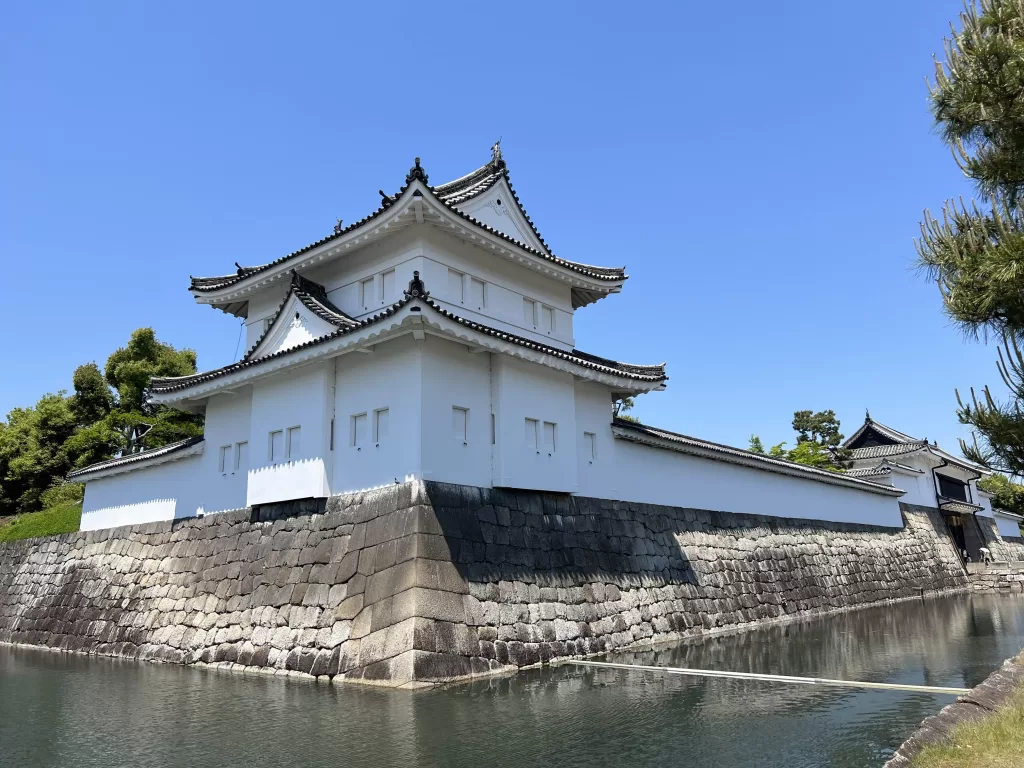
The ward boasts an average property price of 30.9 million yen per square meter, reflecting its desirability among those who wish to be at the epicenter of Kyoto’s dynamic urban life.
3. Kita Ward
With an average property price of 27.69 million yen per square meter, Kita Ward stands as a sought-after residential area, offering a tranquil environment that is in harmony with the city’s vibrant life.
The lifestyle in Kita Ward is notably peaceful and leans towards a slower, more relaxed pace, especially when compared to the bustling central wards of Kyoto. Residents and visitors are greeted with scenic views, from the enchanting Kinkaku-ji (Golden Pavilion) to the sprawling botanical gardens, providing a refreshing escape from urban hustle.
The ward is also home to Daitoku-ji Temple, a significant site that has been a focal point for Zen Buddhism and Japanese tea culture, offering a spiritual and cultural haven that enriches the living experience in this affluent neighborhood.
4. Higashiyama Ward
Higashiyama Ward, clinching the 4th spot, is renowned for its picturesque landscapes, traditional wooden machiya houses.
With an average property price of 272,400 yen per square meter, Higashiyama Ward stands out as a premium residential area, where residents are surrounded by some of Kyoto’s most iconic historical and natural sites.
From the iconic Kiyomizu-dera Temple to the historic Gion District, known for its traditional wooden machiya houses and geisha culture, Higashiyama Ward offers a living experience that is rich in cultural and natural beauty.
5. Shimogyo Ward
Shimogyo Ward, securing the 5th place in our exploration, has an average property price of 257,700 yen per square meter, reflecting its appeal as a residential area that provides both modern conveniences and a touch of Kyoto’s historical charm.
From the historical Kyoto Tower, Shimogyo houses Kawaramachi, considered as one of the most convenient locations to stay in Kyoto.
Is it Expensive Living in Kyoto?
Kyoto, being a major tourist destination and a significant cultural hub of Japan, has living costs that can be quite high, especially in certain wards.
Housing, particularly in the more central and historically significant areas, can be notably expensive, with property values reflecting the demand for such prestigious locations.
While dining and entertainment in Kyoto can be enjoyed at various price points, indulging in its renowned kaiseki dining, traditional tea ceremonies, and other culturally immersive experiences can be quite costly.
On the other hand, the city offers a plethora of experiences that are not only enriching but also can be enjoyed without a hefty price, such as strolling through its historic streets, enjoying the seasonal blossoms, and exploring its many public temples and shrines.
Thus, while living in Kyoto can be expensive, the cost of living is somewhat balanced with options for various budgets, offering a range of experiences that can be tailored to different financial capacities.
Is Kyoto More Expensive Than Tokyo?
Comparing Kyoto and Tokyo in terms of expense can yield varied results based on the specific aspects being considered.
While Tokyo is often cited as one of the most expensive cities in the world, particularly in terms of property prices and certain lifestyle aspects, Kyoto is not far behind in certain respects, especially considering its status as a cultural and tourist hotspot.
Kyoto’s property market, especially in wards that are of significant cultural or historical importance, can command prices that are comparable to some of Tokyo’s upscale neighborhoods, especially given the demand from those who seek a residence that offers both modern and traditional elements in a culturally rich environment.
In terms of general living costs, such as dining, entertainment, and everyday expenses, Tokyo might offer a wider range of options due to its larger size and varied districts, each with its own pricing ecosystem. Kyoto, while also offering a range of options, may have higher prices in areas that are of significant tourist interest due to the constant influx of visitors seeking to experience its cultural and historical offerings.
Both cities, while they can be quite expensive, offer a myriad of experiences at various price points, and the overall cost of living can be heavily influenced by lifestyle choices, specific location, and personal spending habits.
In a nutshell, determining whether Kyoto, and more specifically, the most expensive neighborhoods in Kyoto, are pricier than Tokyo can largely depend on the particular aspects being considered.
Both cities offer a rich array of experiences that can be customized to various financial capacities, with certain elements that can be quite high-end and luxurious. Thus, while some aspects of Kyoto might parallel or even surpass Tokyo in terms of expense, others might offer more budget-friendly options, crafting a living experience that is both rich and varied.
